30 Best Korean Logo Design Ideas You Should Check

Source: Myohan Oh, Love, Dribbble, https://dribbble.com/shots/14744836-LOVE
Are you ready to dive into the vibrant world of Korean logo design? Perfect! This article is your ultimate guide to some of the most creative and inspiring logo designs hailing from the heart of Korea. Whether you're a budding designer or a seasoned pro, these ideas are bound to spark your imagination and add a dash of fun to your projects.
Korean logo design stands out with its unique blend of traditional motifs and cutting-edge trends, making it a top pick for businesses aiming to make a memorable impact. From minimalist masterpieces to colorful, dynamic creations, Korean designers are pushing the boundaries of what logos can do. As we explore these fantastic designs, you'll see how they encapsulate the essence of brands while being incredibly eye-catching and culturally resonant.
So, buckle up and get ready to be inspired by the creativity and distinctive style that Korean logo design has to offer. It’s time to transform the way you think about logos and learn how to incorporate some of these spectacular ideas into your own design work!
Korean Logo Design Ideas

Source: Daniel Führer, Blackship Japanese Korean, Dribbble, https://dribbble.com/shots/1266076-Blackship-Japanese-Korean-Logotype

Source: Dim Po, Dribbble, https://dribbble.com/shots/3802402-Korean-Girl-Artwork

Source: Dorian Avila, Yong Sun Jung Korean BBQ, Dribbble, https://dribbble.com/shots/20774972-Korean-BBQ-Logo-Brand-Identity

Source: Graph_uvarov, Soul Seoul, Dribbble, https://dribbble.com/shots/9734364-Soul-Seoul

Source: Remus Hincu, LA Soju, Dribbble, https://dribbble.com/shots/16797896-New-soju-drink-Korean-sake-logo-design

Source: Nate DeHaan, K-Rok Korean Barbecue & Karaoke, Dribbble, https://dribbble.com/shots/5994327-K-Rok-Korean-Barbecue-Karaoke

Source: Username, Iris Vd, Behance, https://www.behance.net/gallery/172683221/Korean-Restaurant-Branding

Source: GuReumi, Ensemble, Dribbble, https://dribbble.com/shots/4605113-trumpet-logo-p

Source: Ethan Macdonald, 마이산, Dribbble, https://dribbble.com/shots/7281459-Hand-drawn-Korean-type

Source: Olly Altukhova, Kimchi, Dribbble, https://dribbble.com/shots/8842347--Kimchi-korean-restaurant-branding

Source: Username, Chicken Chagi, Behance, https://www.behance.net/gallery/177772957/Chicken-CHAGI-Logo-Design-Visual-Identity

Source: Maskon Brands, Burning Heart, Dribbble, https://dribbble.com/shots/2857044-Burning-Heart-Korean

Source: Olga Korochinskaia, Jeju, Dribbble, https://dribbble.com/shots/5691347-Korean-print

Source: Miguel Andre B. Santana, K Style Lab, Dribbble, https://dribbble.com/shots/3148708-K-Style-Lab-Logo-Design

Source: Design Compass, Hanok Guesthouse, Dribbble, https://dribbble.com/shots/3550563-Hanok-Guesthouse

Source: 90m813, Tiger Achool Food, Behance, https://www.behance.net/gallery/138736415/Branding-Tiger-school-food

Source: Dalius Stuoka, ChiTok, Dribbble, https://dribbble.com/shots/15146969-ChiTok-Logo-Design

Source: Adam Navarro, Dalla Dalla, Dribbble, https://dribbble.com/shots/6088873-Dalla-Dalla

Source: Studio Flag, Sansuhwa Tea House, Behance, https://www.behance.net/gallery/20761055/Sansuhwa-Tea-House-Branding

Source: Jake Hill, Yumchi Kimchi, Dribbble, https://dribbble.com/shots/13997882-Yumchi-Kimchi

Source: Lee Ju, Dribbble, https://dribbble.com/shots/7193695-Korean-lettering

Source: Kelvin Kottke, Everyeong, Dribbble, https://dribbble.com/shots/2934344-Everyeong-Logotype-Lockup

Source: Lee Ju, Binggrae Togather Ice Cream, Dribbble, https://dribbble.com/shots/5146532-together-ice-cream-Type-design

Source: Josephine Bogs Eriksen, Kimchi Vegan Street Food, Behance, https://www.behance.net/gallery/165797499/Korean-Street-Food-Logo

Source: Christie Tang, Hanja, Dribbble, https://dribbble.com/shots/6301432-Hanja-Logo

Source: Polkadot Design, OMO - OMO, Behance, https://www.behance.net/gallery/130610611/OMO-OMO

Source: Jan Kevin Dolfo, Hannam Korean Textile, Behance, https://www.behance.net/gallery/152036597/Hannam-Korean-Textile

Source: 김 창우, Behance, https://www.behance.net/gallery/148079735/Korean-restaurant-Branding-Design

Source: Breath Company, Yusan Young, Behance, https://www.behance.net/gallery/148169139/Yusan-Young-Korean-Skincare-Brand

Source: Myohan Oh, Love, Dribbble, https://dribbble.com/shots/14744836-LOVE
Are There Specific Symbols Commonly Used in Korean Logo Design?
Korean logo design is not just a visual treat; it's a deep dive into the country’s rich cultural heritage, infused with modern aesthetics. When it comes to specific symbols commonly used in Korean logos, designers often draw from a palette rich in history and symbolism. Let’s explore five captivating symbols that are frequently featured in Korean logo designs, each carrying its unique flavor and significance.
The Taegeuk
The Taegeuk is perhaps one of the most recognizable symbols in Korean culture, famously displayed in the center of South Korea’s national flag. This symbol, consisting of interlocking red and blue swirls, represents cosmic forces in perfect balance and harmony. In Korean logo design, the Taegeuk symbolizes balance, unity, and potential. It's often used by brands looking to convey a sense of harmony and dynamic balance in their identity.
Korean Calligraphy (Hangul)
Hangul, the Korean alphabet, is not just a set of characters but an art form in itself. Korean logo designs frequently incorporate Hangul characters to provide a distinct cultural touch. The elegant sweeps and strokes can convey sophistication and originality, making any brand logo stand out. Moreover, using Hangul in logos helps maintain a strong connection with Korean heritage while ensuring the design remains minimalistic and modern.
The Korean Crane
Cranes are revered across many Asian cultures for their symbolism of longevity and peace. In Korean logos, the crane can be stylized in various ways, from simple and abstract to detailed and traditional. This symbol is particularly popular among businesses that wish to project an image of grace, integrity, and longevity. It’s a favorite in sectors like finance, health, and public service, where trust and reliability are paramount.
The Mugunghwa (Rose of Sharon)
The Mugunghwa, or Rose of Sharon, is South Korea’s national flower and a common emblem in Korean logo design. This beautiful flower symbolizes resilience and beauty, reflecting the national spirit of perseverance. Logos that incorporate the Mugunghwa are often used by organizations that want to highlight their Korean roots while portraying an image of enduring beauty and strength.
Traditional Korean Patterns and Shapes
From the intricate lines of traditional hanbok patterns to geometric shapes derived from Korean architecture, these elements are a goldmine for logo designers. These patterns can add a subtle touch of Korean identity or be a bold centerpiece of the design, depending on the brand’s message. They work exceptionally well for businesses aiming to blend the old with the new, showcasing a respect for tradition alongside modern innovation.
These symbols, when incorporated thoughtfully, do more than just beautify a logo—they tell a story, evoke emotions, and build a connection. Whether it’s the balanced dynamism of the Taegeuk, the elegant strokes of Hangul, the dignified grace of the crane, the resilient beauty of the Mugunghwa, or the intricate details of traditional patterns, each element has the power to transform a simple logo into a narrative of Korean culture, making Korean logo design a journey into the heart of Korea itself.
What Colors Are Most Popular in Korean Logo Design?
Korean logo design, vibrant and full of life, often features a palette that is both symbolic and visually stunning. Choosing the right color can convey a brand’s ethos, attract the right audience, and set the tone for its identity. Here, we dive into the most popular colors in Korean logo design and uncover why they resonate so deeply within this dynamic culture.
Red: Energy and Passion
Red is a powerhouse in Korean logo design, symbolizing passion, energy, and strong emotions. It's a color that commands attention and draws the eye, making it a favorite for brands looking to make a bold statement. In Korean culture, red is also associated with good fortune and protection, making it a doubly beneficial choice for businesses aiming to project an image of prosperity and dynamic energy.
Blue: Tranquility and Trust
Blue is the color of calm, stability, and trustworthiness, which explains its popularity in Korean logos, especially for corporations that want to establish a sense of reliability and trust. In a Korean context, blue can also represent healing and peace, making it an excellent choice for health care providers, wellness brands, and any organization looking to convey a serene and secure image.
Black: Sophistication and Modernity
Black is often used in Korean logo design to communicate elegance, sophistication, and modernity. It's a versatile color that works well for high-end brands, technology companies, and any business that prides itself on innovation and contemporary appeal. Black, being a strong, definitive presence, helps create a powerful contrast in logos, making them stand out and easily recognizable.
White: Purity and Simplicity
In Korean culture, white is more than just a minimalist choice; it represents purity, simplicity, and innocence. White is extensively used in Korean logo design to create a clean, modern look that communicates clarity and openness. It’s perfect for brands that want to project an image of transparency and straightforwardness, and it pairs beautifully with any other color to enhance its impact.
Gold: Luxury and Tradition
Gold in Korean logos speaks of luxury, high quality, and a connection to the rich traditions of Korea. This color is particularly favored by brands that are steeped in history or wish to project an image of exclusivity and premium service. Gold is used to accentuate details, highlight key features, and imbue a logo with a touch of opulence and prestige.
These popular colors in Korean logo design not only beautify the brand’s visual identity but also embed deep cultural resonances that speak directly to the heart of the audience. Whether it’s the fiery allure of red, the calming embrace of blue, the stark boldness of black, the pristine simplicity of white, or the rich tradition carried by gold, each color is chosen for its ability to convey specific values and messages. Leveraging these colors effectively ensures that a logo can transcend mere aesthetics to become a potent symbol of the brand’s identity and ethos in the competitive world of Korean business.
What Fonts Are Commonly Used in Korean Logo Design?
Choosing the right font is a pivotal decision in logo design, particularly in a culturally rich context like Korea. Korean fonts offer unique challenges and opportunities due to their complex characters and cultural nuances. Here are five fonts that are commonly used in Korean logo design, each bringing its own flavor and style to the branding table.
Noto Sans Korean
Designed to achieve visual harmony across multiple languages, Noto Sans Korean is a go-to font for inclusivity and versatility in Korean logo design. Its clean, modern lines ensure that it is legible at any size, which makes it perfect for both digital and print media. It's a part of Google's Noto font family, which aims to support all languages with a consistent look and feel. Noto Sans Korean is particularly effective for brands looking for a contemporary and approachable image.
Malgun Gothic
A staple in Microsoft software, Malgun Gothic is another widely used font in Korean logo design. Known for its clear and open characters, it is highly readable and carries a modern aesthetic with a slightly rounded finish. This font is ideal for corporate logos or professional services where clarity and reliability are key to the brand’s identity.
Gungsuh
Gungsuh is a font that offers a balance between traditional calligraphic styles and contemporary boldness. It has a distinctive appearance that can help a logo stand out, especially if the brand is related to the arts or cultural heritage. The strong, bold lines of Gungsuh make it suitable for brands that want to project authority and a deep-rooted sense of Korean identity.
Batang
Batang is a serif font that conveys a sense of elegance and formality. It’s often used in academic or literary contexts, making it a good choice for educational institutions, publishers, and legal firms looking to emphasize a profound, intellectual brand image. Its more traditional look can lend an air of credibility and trustworthiness to a logo.
Yanolja
Yanolja is lively and playful, reflecting the energy and fun of its namesake, a popular South Korean online travel and leisure company. The font is characterized by its rounded and soft edges, which convey friendliness and accessibility. It's perfect for brands targeting a younger audience or those in the leisure and entertainment sectors.
These fonts, each with their own personality and impact, offer a spectrum of choices for Korean logo design. From the sleek and modern appeal of Noto Sans and Malgun Gothic to the traditional vibes of Gungsuh and Batang, and the youthful energy of Yanolja, the diversity of these fonts allows designers to effectively communicate a brand’s essence through their logos.
When selecting a font for a Korean logo, consider the brand’s industry, target audience, and the cultural message you want to convey. A well-chosen font not only enhances the design but also deepens the connection between the brand and its audience, making the logo not just a symbol, but a powerful communication tool in the bustling world of Korean commerce and culture.
Where Can I Find Inspiration for Korean Logo Design?
Diving into the world of Korean logo design can feel like embarking on a vibrant treasure hunt. With its rich history, cultural depth, and modern innovation, Korea offers a plethora of sources for creative inspiration. Here are five fantastic starting points to fuel your imagination and inject some Korean flair into your logo designs.
Traditional Korean Art and Craft
Korean art and craft are treasures of inspiration, featuring intricate patterns, bold colors, and unique techniques that have been passed down through generations. Visit museums, explore online archives, or even attend traditional Korean craft workshops. Look for motifs in pottery, fabric patterns in hanbok (traditional Korean dress), or the flowing elegance of Korean calligraphy. These elements can provide a strong cultural context and aesthetic guidance for your logo designs.
Korean Architecture
From the sweeping roofs of ancient palaces to the sleek lines of Seoul's modern skyline, Korean architecture encapsulates a vast range of styles that can inspire innovative logo designs. Pay attention to the shapes, structures, and the harmony of space used in traditional hanoks (Korean houses) as well as contemporary buildings. The balance of form and function in Korean architecture can translate beautifully into the balanced design of a logo.
K-Pop and Korean Entertainment
K-Pop isn't just a global music phenomenon but also a powerhouse of visual inspiration. The vibrant, often futuristic branding of K-Pop groups and their dynamic logos can inspire you to create logos that are modern, youthful, and full of energy. Additionally, Korean cinema and television also offer a variety of thematic and aesthetic elements that can be adapted into logo design, especially if you're looking for something dramatic and eye-catching.
Korean Typography and Hangul
Hangul, the Korean alphabet, is renowned for its aesthetic symmetry and geometric beauty. Exploring the shapes and forms of Hangul can lead to unique text-based logos that are not only functional but also artistically engaging. Whether you choose to use Hangul characters directly or draw inspiration from their forms, Korean typography can provide a distinctive touch to your designs, making them stand out in a crowded market.
Korean Nature and Landscape
The natural beauty of Korea, from its serene beaches to lush mountains and vibrant flower festivals, offers a palette of colors, textures, and forms. Draw inspiration from the natural elements of Korea’s landscapes—such as the soft pinks of cherry blossoms, the rugged outlines of mountain ranges, or the calm blues of its coastal waters. These elements can help you design logos that evoke a sense of place and emotion, connecting the brand intimately with local and international audiences.
By exploring these rich sources of inspiration, you can create Korean logo designs that are not only visually stunning but also deeply imbued with cultural significance and modern appeal. Whether you draw on traditional art, embrace the energy of contemporary entertainment, or translate the elegance of Hangul into your designs, Korea offers an endless well of creative ideas to enhance your logo design projects.
What Are Some Iconic Korean Logo Designs and What Makes Them Effective?
Korean logo design is celebrated for its creativity and cultural resonance, often blending traditional motifs with cutting-edge aesthetics. Let’s explore some iconic Korean logo designs and unpack the secrets to their effectiveness. These logos not only captivate the eye but also connect deeply with audiences, both locally and globally.
Samsung
The Samsung logo is a global emblem of innovation and reliability. Featuring a simple, blue elliptical shape encasing the company name, the design reflects openness, reliability, and excellence. The use of blue, a color associated with stability and technology, underscores Samsung's identity as a leader in the tech industry. The simplicity of the typography and the oval shape also ensures high visibility and recognizability, critical for a brand that operates worldwide. This logo effectively communicates Samsung’s commitment to bringing people together through technology.
Korean Air
Korean Air's logo is another masterclass in Korean logo design, featuring the traditional Korean color of cobalt blue, which symbolizes trustworthiness and reliability. The design includes a stylized, abstract Taegeuk, representing the circle of yin and yang, a nod to Korean philosophical roots. The logo conveys a sense of dynamic motion, reflecting the airline’s global and modern identity while staying deeply rooted in its Korean heritage. The elegance and simplicity of the design make it effective for a global audience, symbolizing a seamless and graceful travel experience.
Hyundai
The Hyundai logo is cleverly designed, with the slanted, italicized ‘H’ emblem not only representing the company’s initials but also symbolizing two people (the company and customer) shaking hands. It combines silver-gray coloring for sophistication and modernity, which resonates well with automotive industry values such as innovation and durability. This logo effectively communicates Hyundai’s commitment to customer service and technological advancement, making it recognizable and respected globally.
Lotte
Lotte’s logo, with its vibrant red color, is immediately striking. The typography is playful yet robust, which makes it accessible and appealing to a broad demographic, including young consumers. The logo captures the essence of the brand's diverse operations, from confectionery to entertainment, suggesting joy and excitement. The use of red not only grabs attention but also evokes feelings of passion and energy, which are central to Lotte's brand identity.
Naver
Naver, South Korea’s leading internet company, uses a simple green square with rounded edges encapsulating the company name in white. The green color stands out for its uniqueness and is often associated with growth, freshness, and creativity, which aligns with Naver's identity as an innovative tech company. The minimalist design of the logo ensures it remains effective across digital platforms, which is crucial for an internet enterprise. This logo is an excellent example of how modern Korean design adapts to digital contexts, ensuring clarity and impact.
These iconic Korean logos are effective because they beautifully merge aesthetics with functional qualities like visibility, cultural relevance, and adaptability. Each logo tells a unique story, builds an emotional connection, and maintains a strong brand identity, demonstrating the power of well-crafted design in the competitive business landscape. Whether through clever symbolism, strategic use of color, or minimalist elegance, these logos stand as benchmarks in Korean logo design, each effectively capturing the spirit of the brands they represent.
Conclusion
Korean logo design is distinguished by its deep cultural roots combined with a flair for modern aesthetics. These logos often leverage traditional symbols, colors, and typography to create designs that resonate globally while remaining distinctly Korean. For designers looking to tap into this rich vein of creativity, understanding and incorporating these elements can be key to developing logos that are both visually striking and deeply meaningful. As the demand for unique brand identities continues to grow, the principles of Korean logo design offer valuable insights for crafting logos that stand out in today’s competitive market.
Let Us Know What You Think!
Every information you read here are written and curated by Kreafolk's team, carefully pieced together with our creative community in mind. Did you enjoy our contents? Leave a comment below and share your thoughts. Cheers to more creative articles and inspirations!

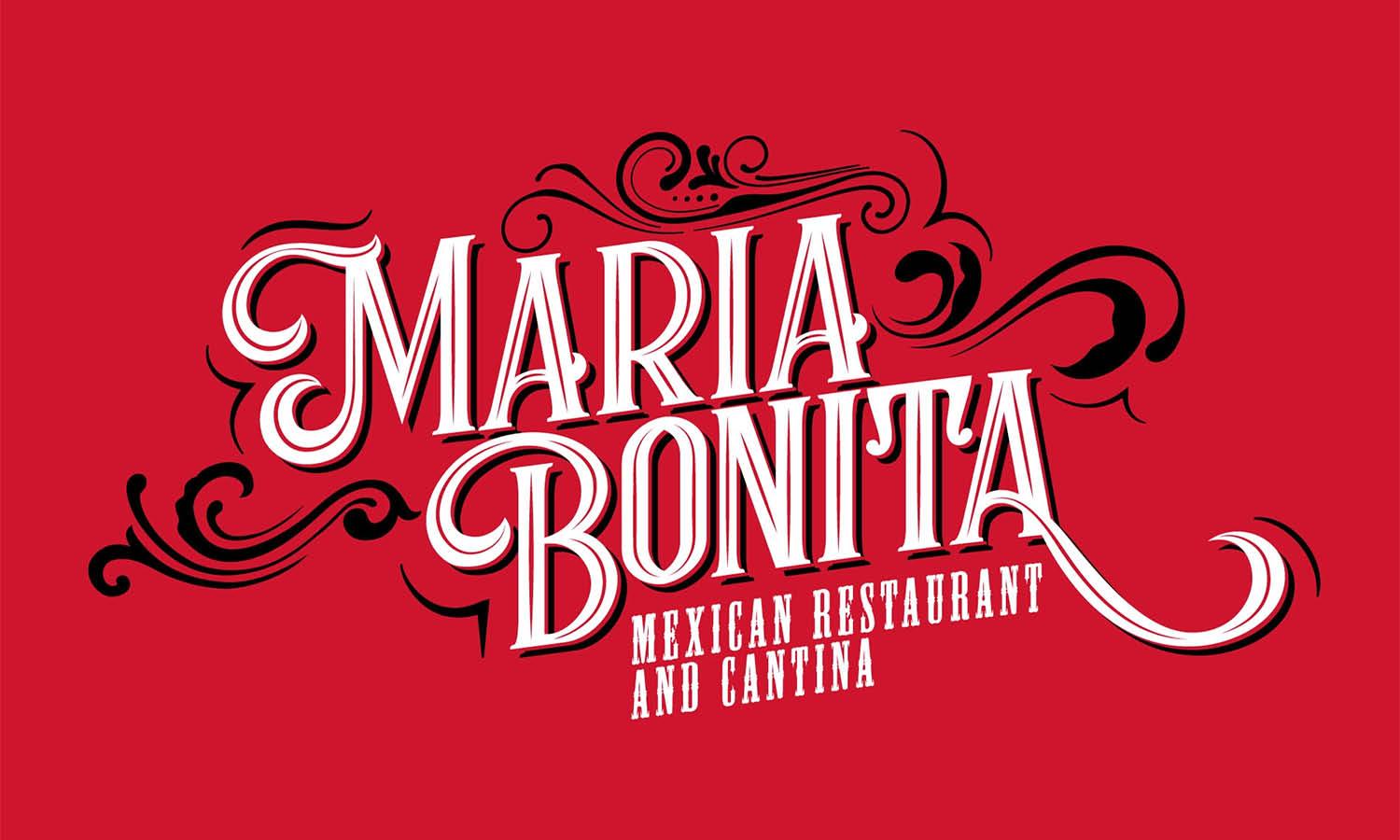
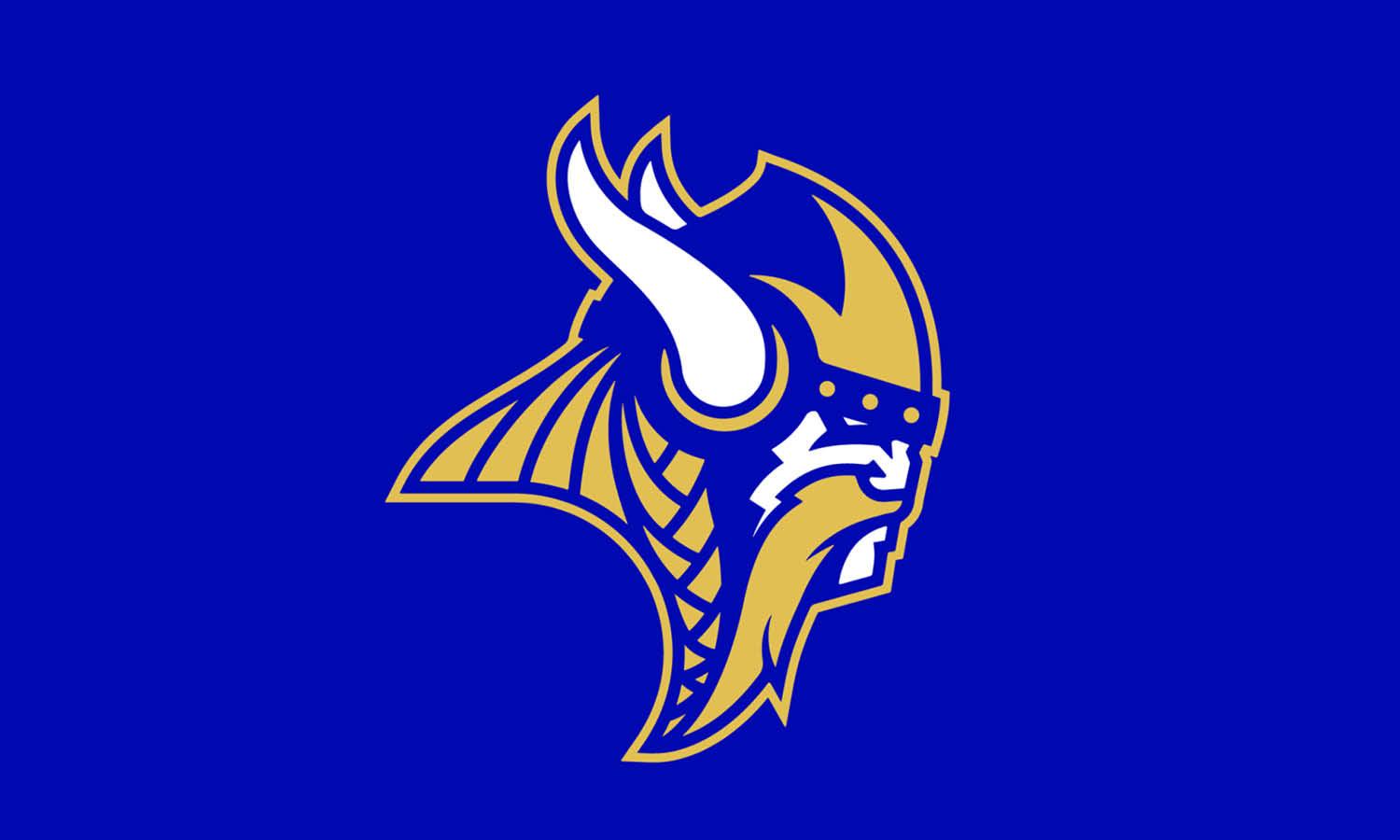


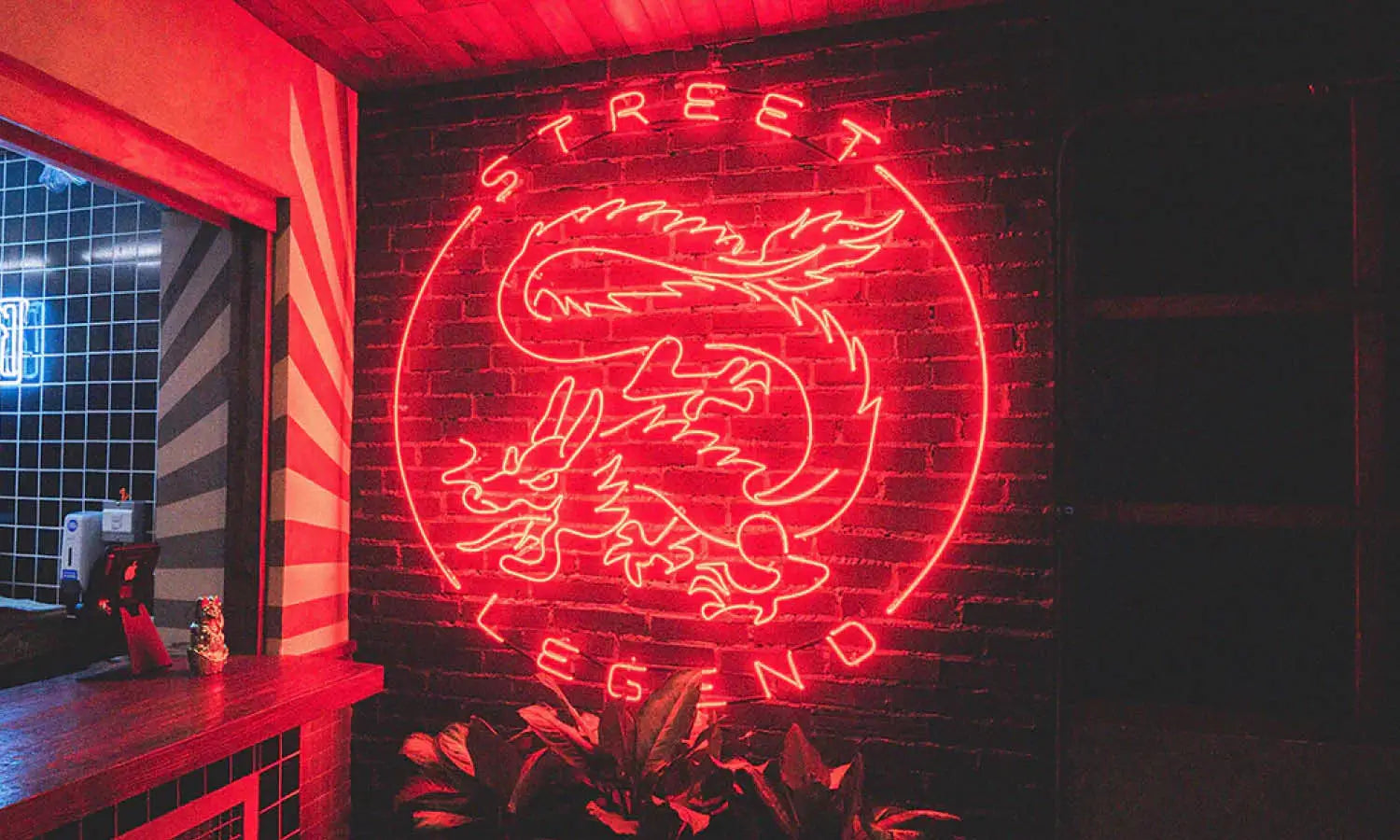
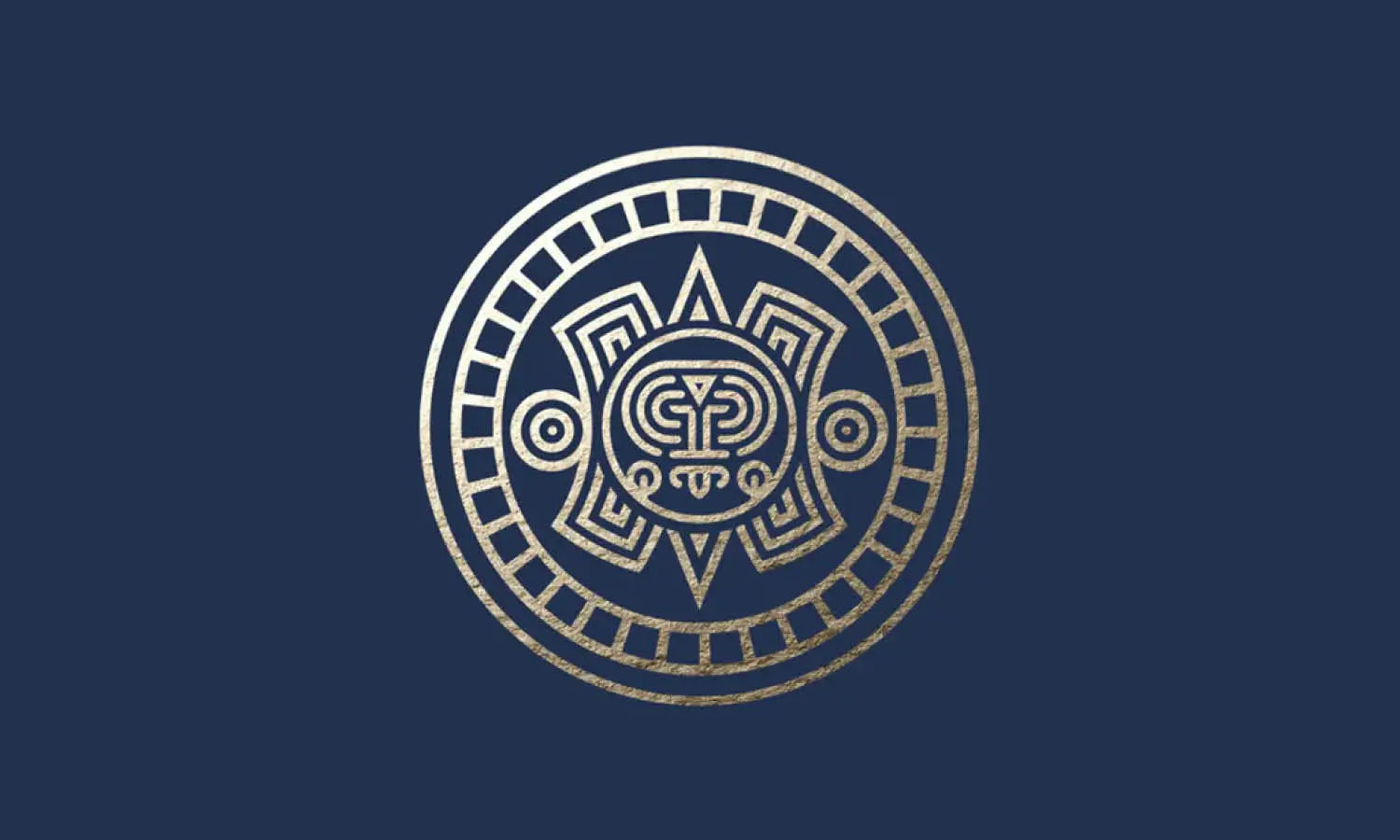
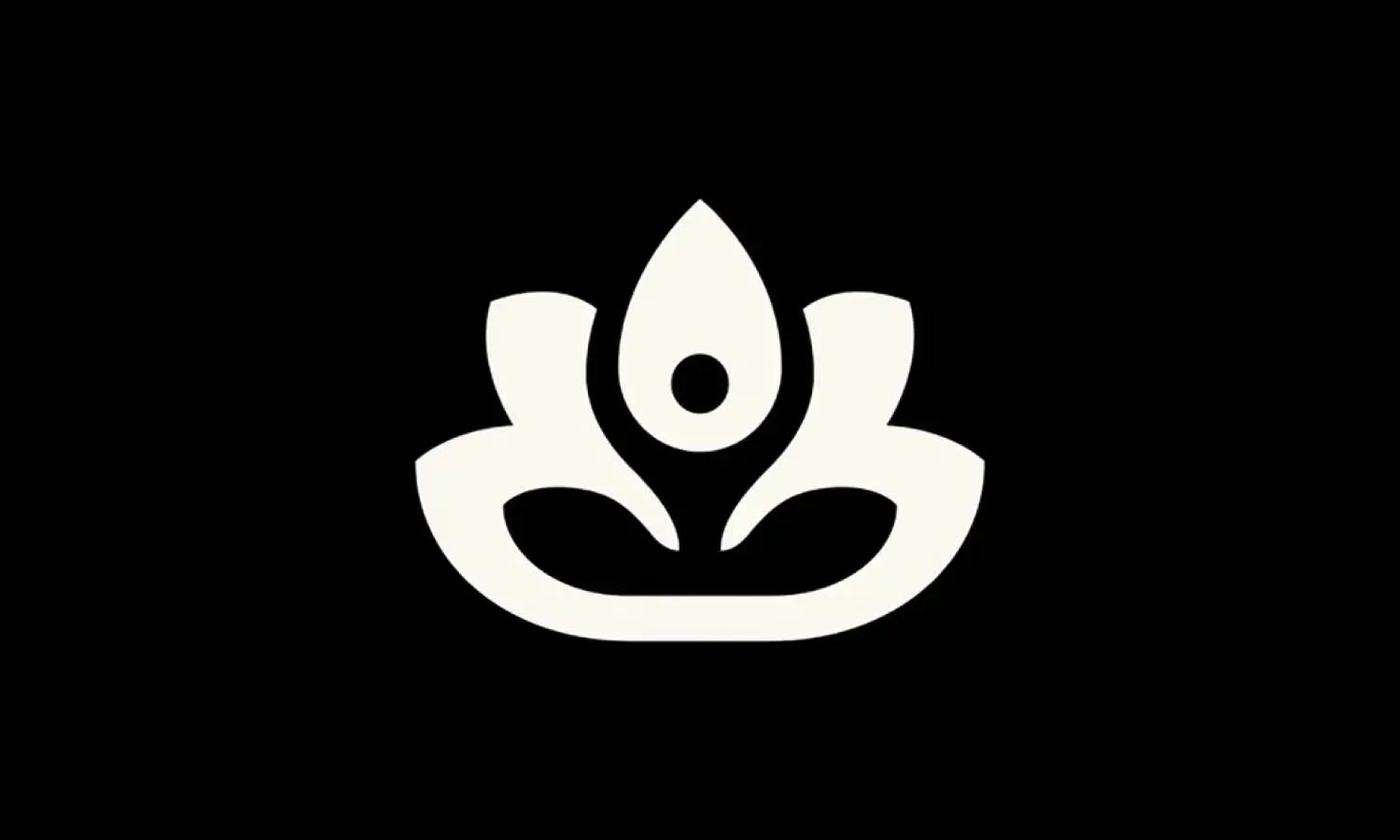








Leave a Comment